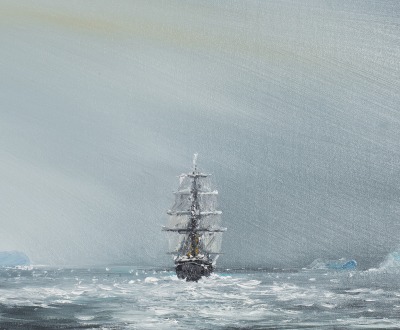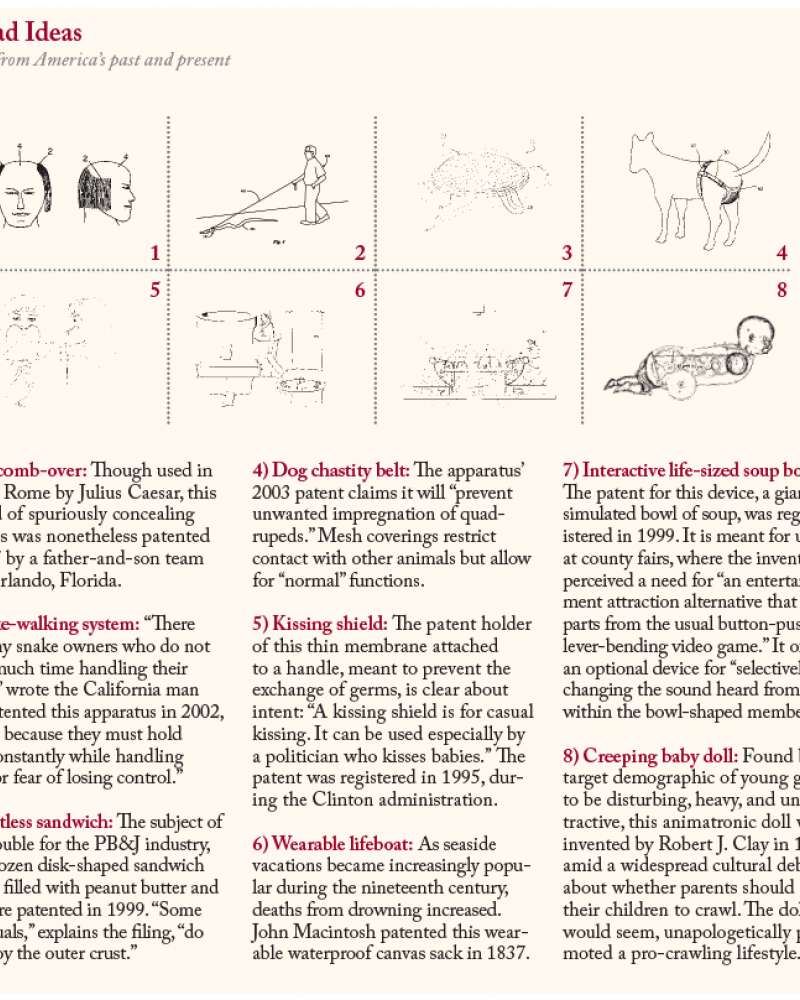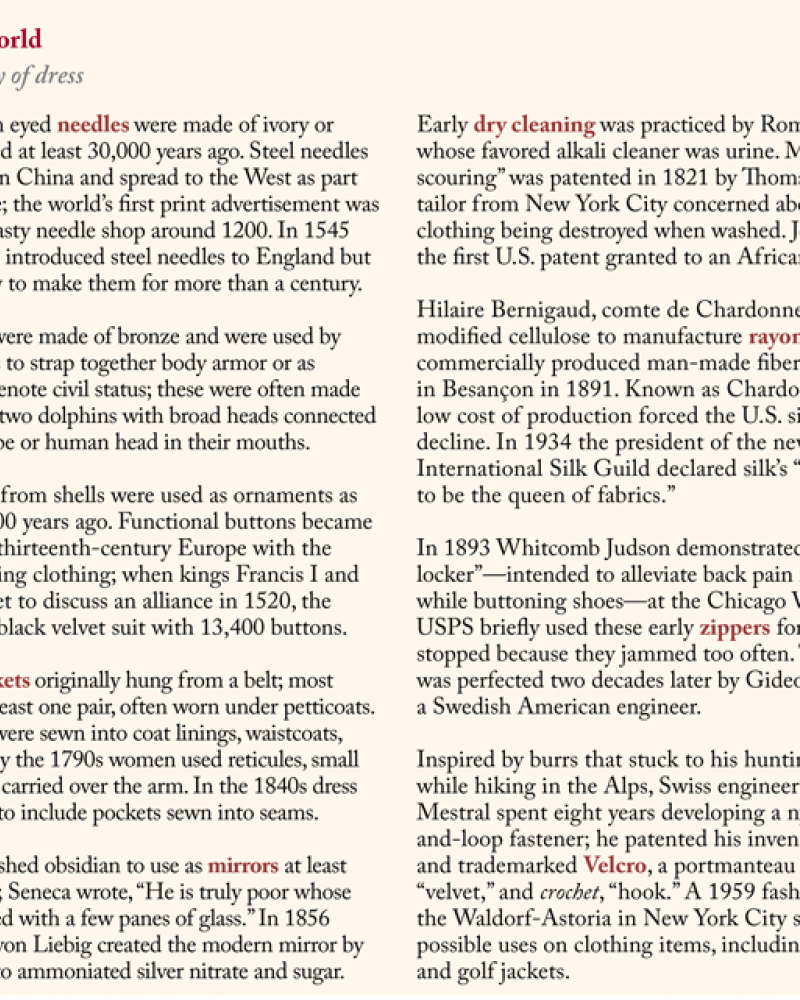Miscellany
Statistician Stephen Stigler wrote in 1980, “No scientific discovery is named after its original discoverer.” He identified this as a basic law of eponymy, admitted he was an “outsider to the sociology of science” acting in “flagrant violation of the institutional norms of humility,” and named the law after himself.
Miscellany
Members inducted into the U.S. National Inventors Hall of Fame in 2010 included Yvonne Brill, whose electrothermal hydrazine thruster keeps satellites in space orbit, as well as Arthur Fry and Steven Silver, who created sticky notes (Fry, the concept; Silver, the glue). “Note: It took one woman to invent a rocket thruster,” wrote a Washington Post reporter about the induction ceremony, “and two men to invent Post-its.”
Miscellany
Hero of Alexandria invented the aeolipile, a primitive steam engine, in the first century. A hollow sphere with elbow-shaped tubes mounted on an axle and suspended over a cauldron of boiling water, the engine likely could not have powered anything. “It should probably be remembered,” wrote historian William Rosen, “as the first in a line of engineering dead ends.”
Miscellany
In the 1860s editor William Bullock invented a printing press that used continuous-roll paper; it made double-sided copies in mass quantities and transformed publishing. Two years later Bullock got his leg stuck in the press’ belt mechanism while installing one at a Philadelphia newspaper, developed gangrene, underwent an amputation, and died during the operation.
Miscellany
The West’s first flushable indoor toilet was designed in 1596 by John Harington, the “saucy godson” of Queen Elizabeth. He published his findings as The Metamorphosis of Ajax, the title a pun on a jakes, slang for a lavatory. Harington was banished from court for the pamphlet but allowed back in 1598, when he installed a water closet in the queen’s Richmond palace.
Pages




